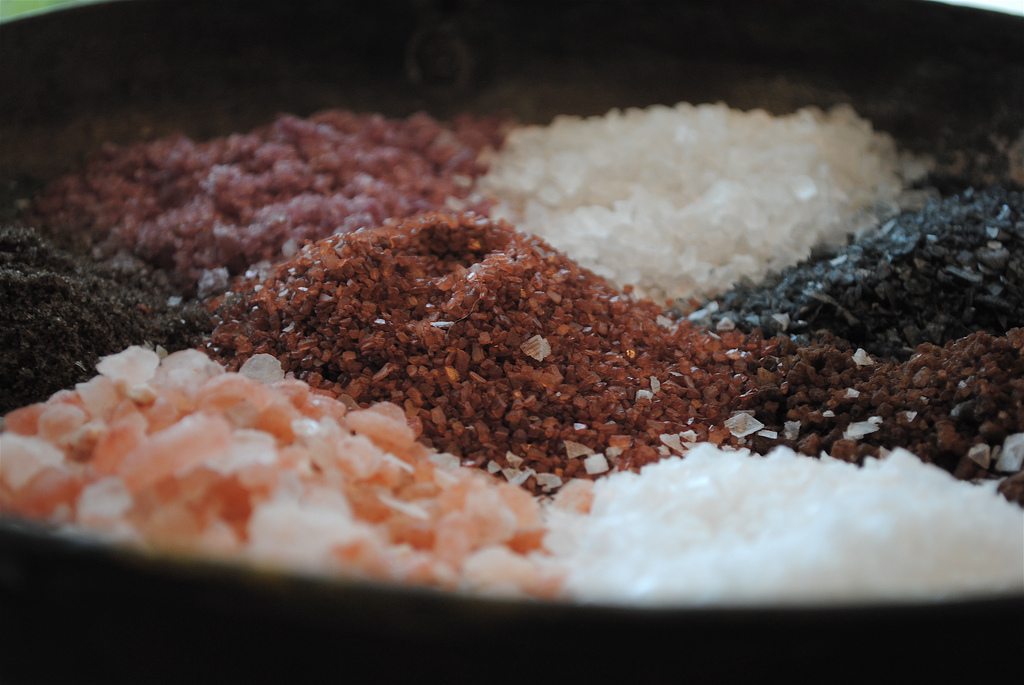The Food and Drug Administration recommends Americans consume less sodium
The Food and Drug Administration (FDA) released new sodium guidelines this week with the goal of reducing the amount of salt that Americans consume at school cafeterias, restaurants, food trucks, or when they are eating packaged and prepared foods. Americans currently consume 3,400 milligrams of sodium a day. The FDA’s new guidelines recommend reducing this amount by 12 percent over the next two and a half years. This “translates into 3,000 milligrams of salt—slightly more than a teaspoon,” The New York Times reports. According to the Centers for Disease Control and Prevention, more than 70 percent of the sodium consumed in this country is already in food before it reaches the table, leading to an “epidemic of diet-related illnesses.” Chief among them? High blood pressure. More than 4 in 10 American adults have high blood pressure, a leading risk factor for heart attacks, strokes, and kidney failure. Broadly, the FDA reports that people consume 50 percent more sodium than recommended—and children are part of these statistics. More than 95 percent of children aged 2 to 13 years old exceed the recommended limits of sodium for their age groups.





